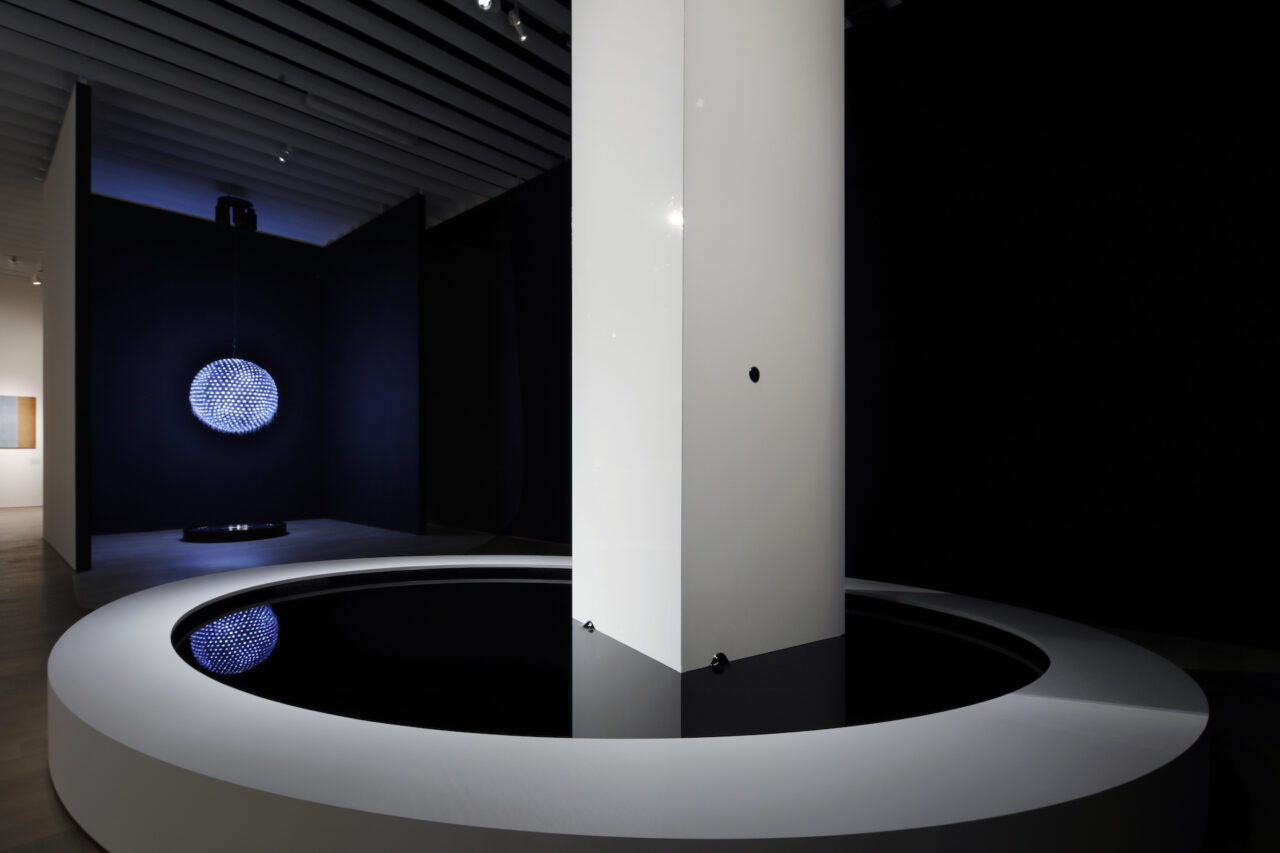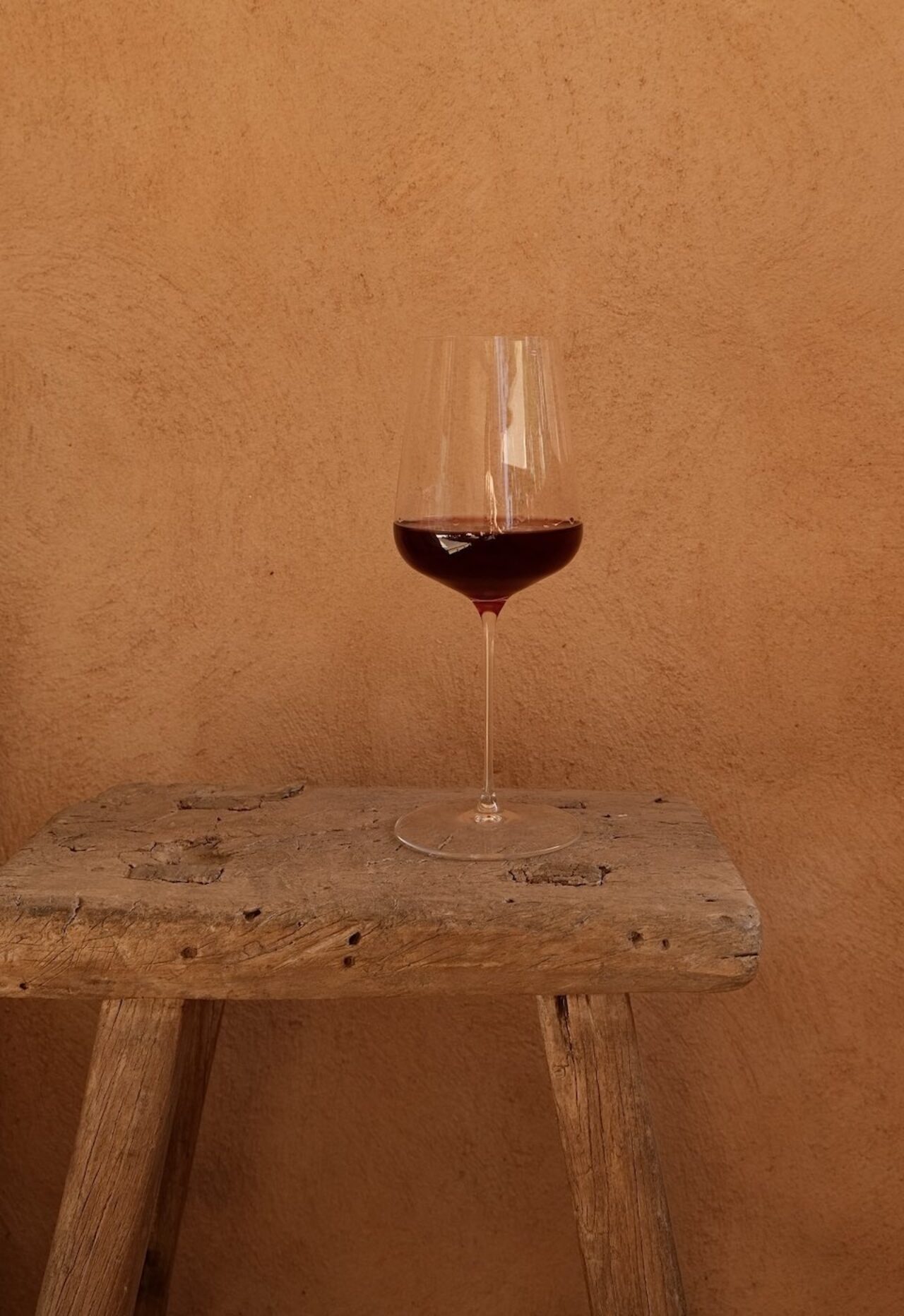In Praise of Shadows
A Luxury Stay in a Historic Machiya Preserved with Contemporary Architecture and Design

Infused with contemporary design and architecture, this historically-protected machiya has been transformed into a luxury stay in the heart of Takayama.
Each space within this modern re-imagining of a machiya has been thoughtfully curated, from the tatami flooring to the shoji screen doors with lacquerware detailing. Blending traditional charm with modern elegance, traditional Japanese elements shine amongst contemporary design and ideas.
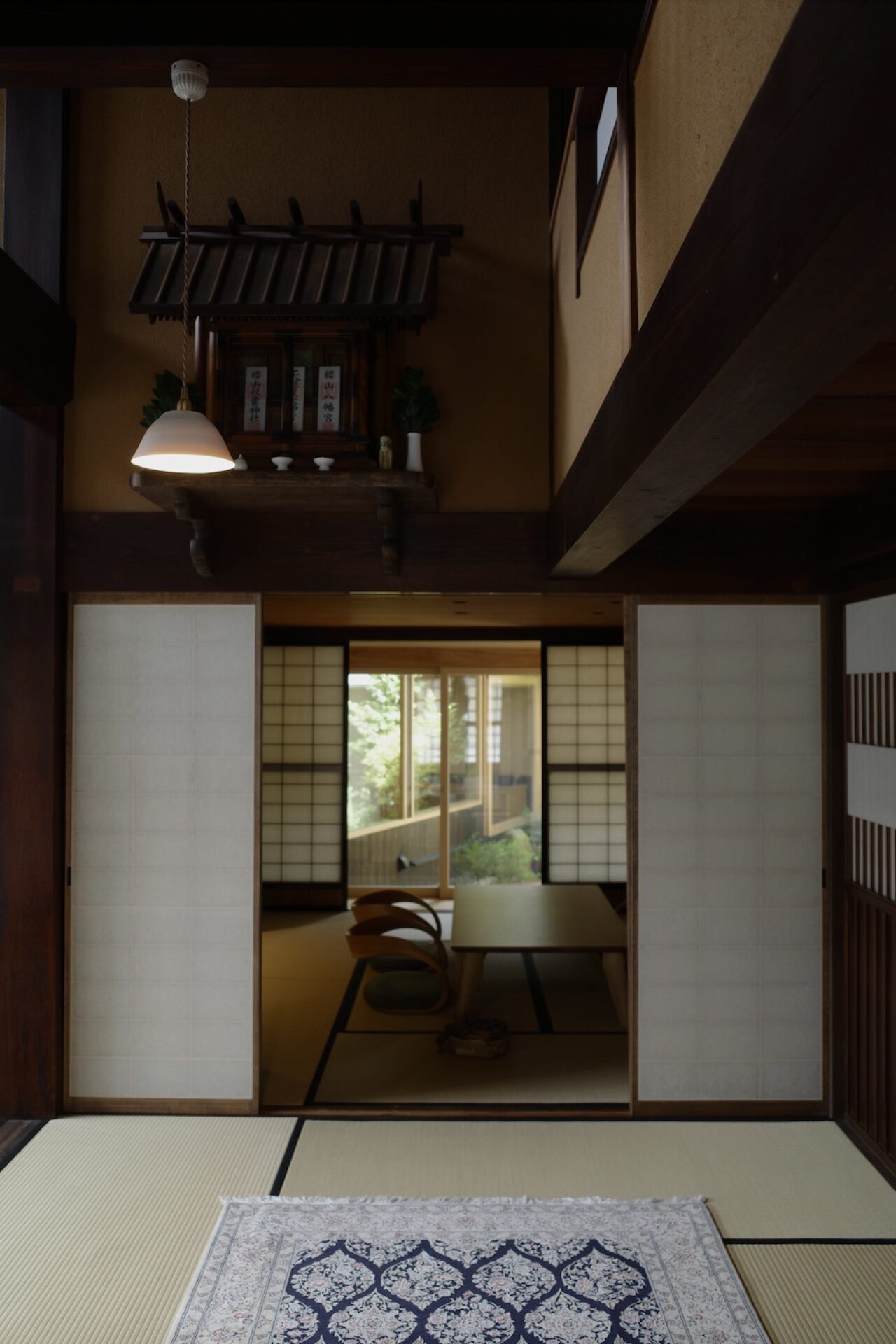
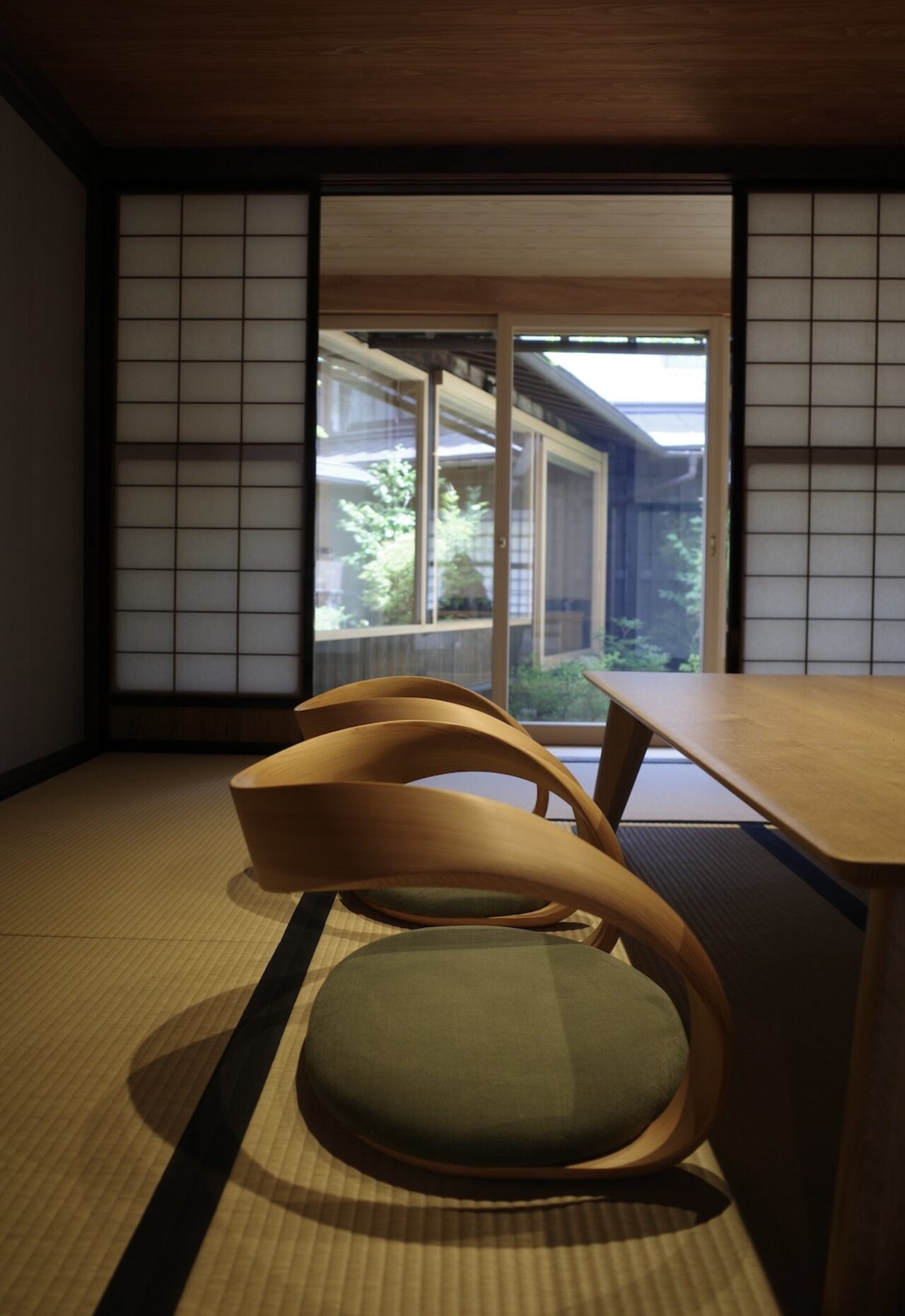
CULTURAL IMPORTANCE
A unique, luxury guesthouse in the alpine town of Takayama, TANIYA is the newly-renovated 100-year-old machiya which presents the refinement of Japanese construction, design and traditional architecture.
An important cultural asset building, TANIYA is situated next door to the Kusakabe Mingeikan (the Kusakabe Folk Crafts Museum), an equally as valuable cultural asset to Takayama, open after hours to TANIYA guests exclusively. The Kusakabe Family Residence is found adjacent to both properties, representing Takayama’s history of trade and the town development. Masaru Kusakabe, 13th head of the Kusakabe family, oversees both TANIYA and the Kusakabe Folk Crafts Museum with his wife Nobuko, enabling rare access and insight into the discreet history of the respected town in the region of Takayama, Hida.
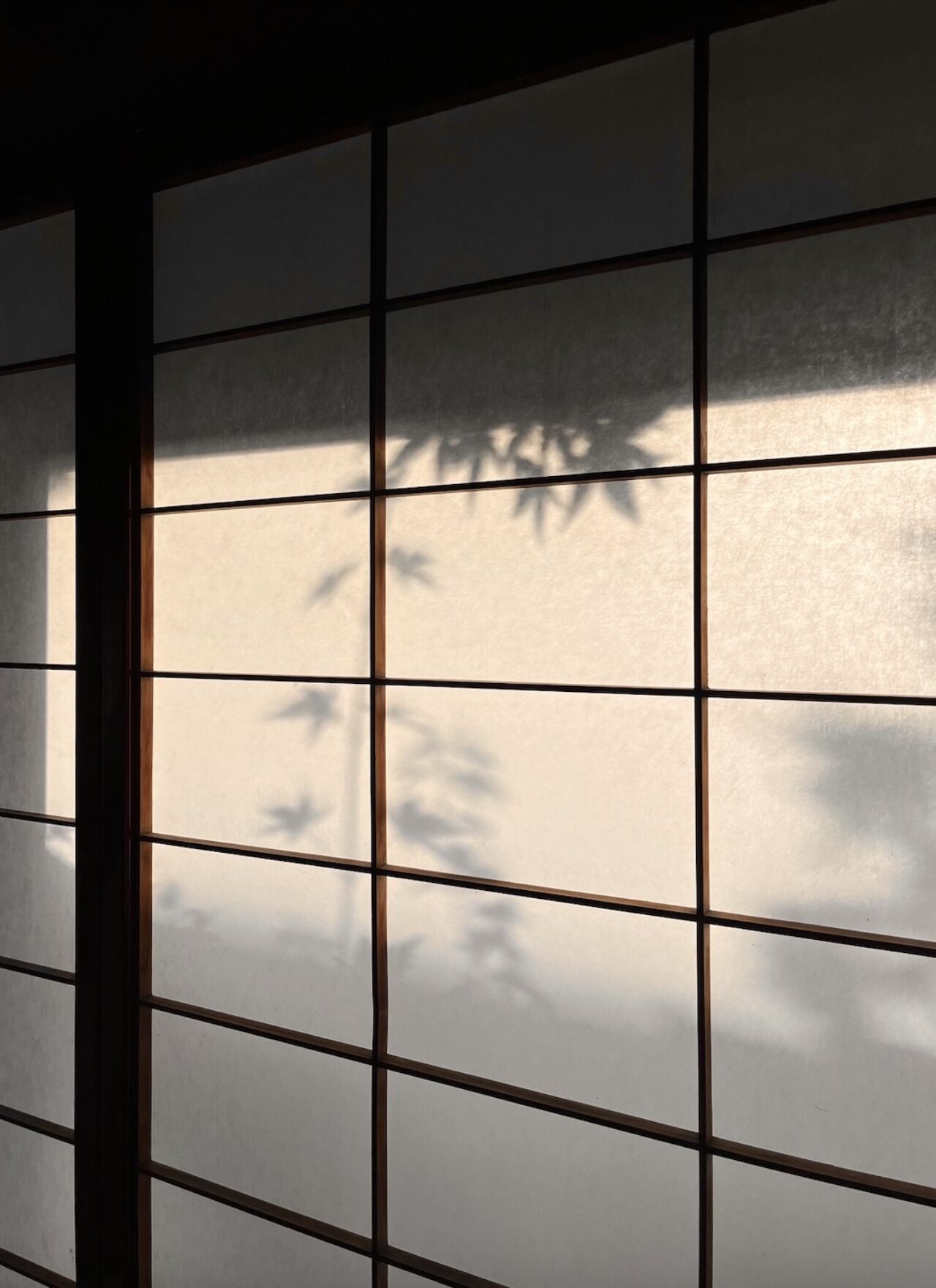
DESIGN & ARCHITECTURE
This luxury machiya stands as a testament to the exquisite harmony between heritage and innovation, offering a uniquely immersive experience where the past meets the present in an elegant dance of architecture and design, light and shadow.
The interiors are a symphony of intentional and expertly-curated design choices, highlighting the best of Japanese craftsmanship. Washi sliding shoji screen doors are finished with the beauty of Japanese lacquerware, presenting a reflecting shine with a deepness to it. Upon entry, the soaring ceilings and meticulously preserved wooden beams evoke a sense of time-honoured craftsmanship. Ancient wooden frameworks harmonise with the sweet smell of tatami flooring.
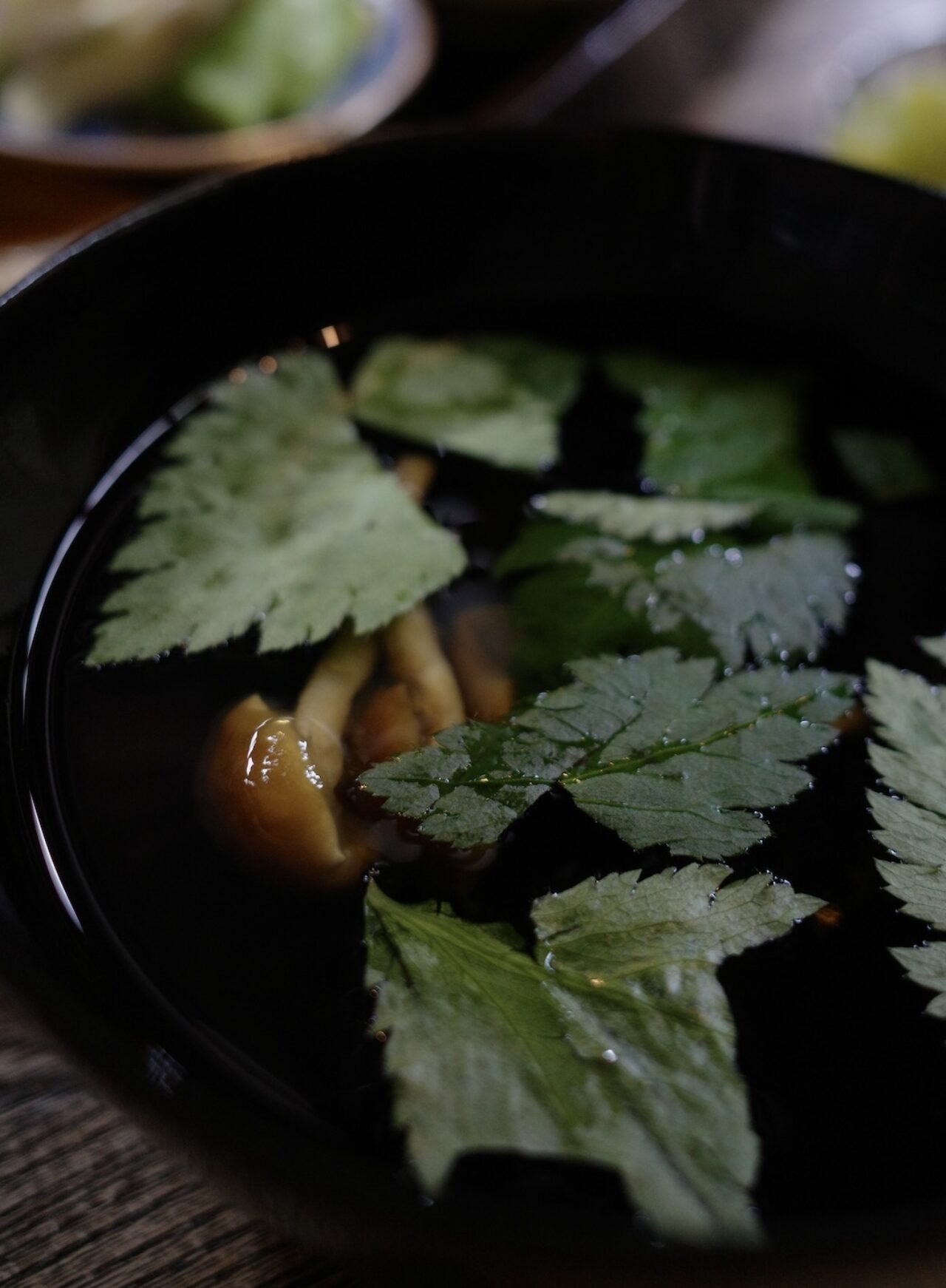
Hida no takumi – the craftsmen of Hida – are acclaimed country-wide for their artisanal works with timber and history innovating Japanese carpentry and joinery. Modern craftspeople have transformed the machiya authentically through their knowledge and techniques passed down from generation to generation. Through their vision and collaboration with Hida no takumi, TANIYA’s owners have breathed new life into the historic property whilst ensuring it retains its timeless identity and feeling.
TANIYA not only worked with these craftspeople on the renovation of the machiya – restoring traditional Japanese detailing – but also commissioning local artisans and designers (SUNGTAE, Shinjiro Ito and Hirokazu Kawakami) to create custom furniture for the machiya. These details all spotlight the fine craftsmanship of Hida Takayama. SUNGTAE’s seating and tables in the Reading Room are inspired by lotus ponds but are completely original in design, made by hand by the designer-maker in his Hida Takayama studio. Shinjiro Ito’s timber dresser is a delight to use, whilst walls in the bedroom and reading room are made with Sanchu Washi paper.
Spaces throughout TANIYA enable reflection on the Japanese concept of mono no aware – the art of impermanence – as light and shadow appear and disappear on shoji screens throughout the day into the evening. The highest-quality materials that have been used in the machiya are observed and admired through the dance of light and shadow. At night, only the meditative sounds of running water outside can be heard, a transformative rhythm in the distance that creates an invaluable restorative sleep.
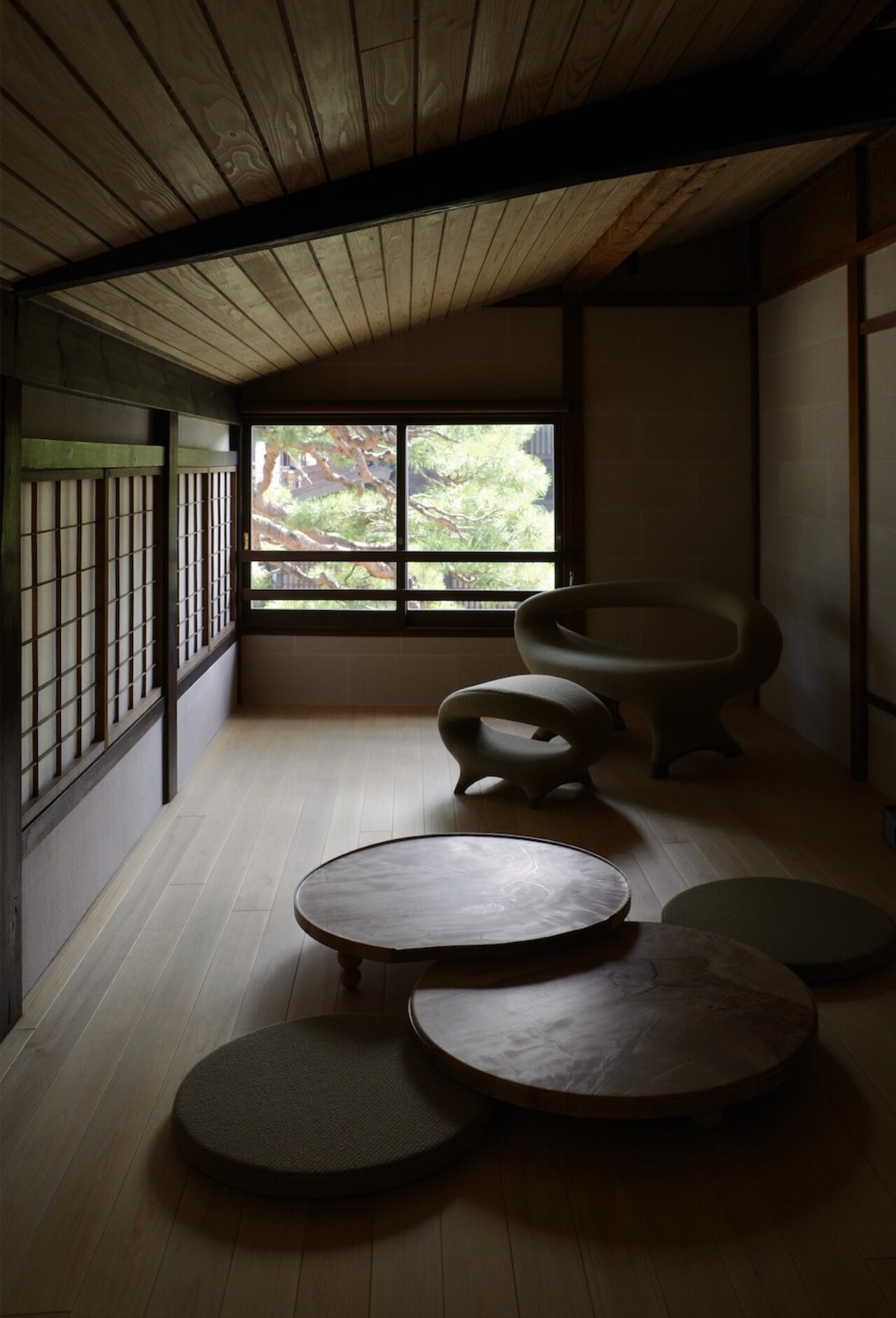
MODERN LUXURY
A personal experience for individuals and families or groups at TANIYA includes a welcome sado, a traditionally prepared matcha accompanied by a seasonal handmade wagashi presented on artisanal local ceramics. Respectfully prepared by TANIYA owner Nobuko San, she presents seasonal wares also wearing her own artisanal kimono, with motifs reflecting the season.
The Japanese townhouse has an equipped and fully-working kitchen to use, a living area, a reading room which can be converted into a second large bedroom and a traditional tea ceremony room. Able to sleep up to 4 guests (with 2 children sleeping with parents), the accommodation includes a mix of Western-style beds (with order-made mattresses made from yak and camel fur, Japan-produced for ultimate comfort) and Japanese futons depending on guest preferences. At the centre of the two-floored townhouse is the Doma, an earthen-floor room which will delight any Japanese architecture and design enthusiast. It’s building biology at its best.
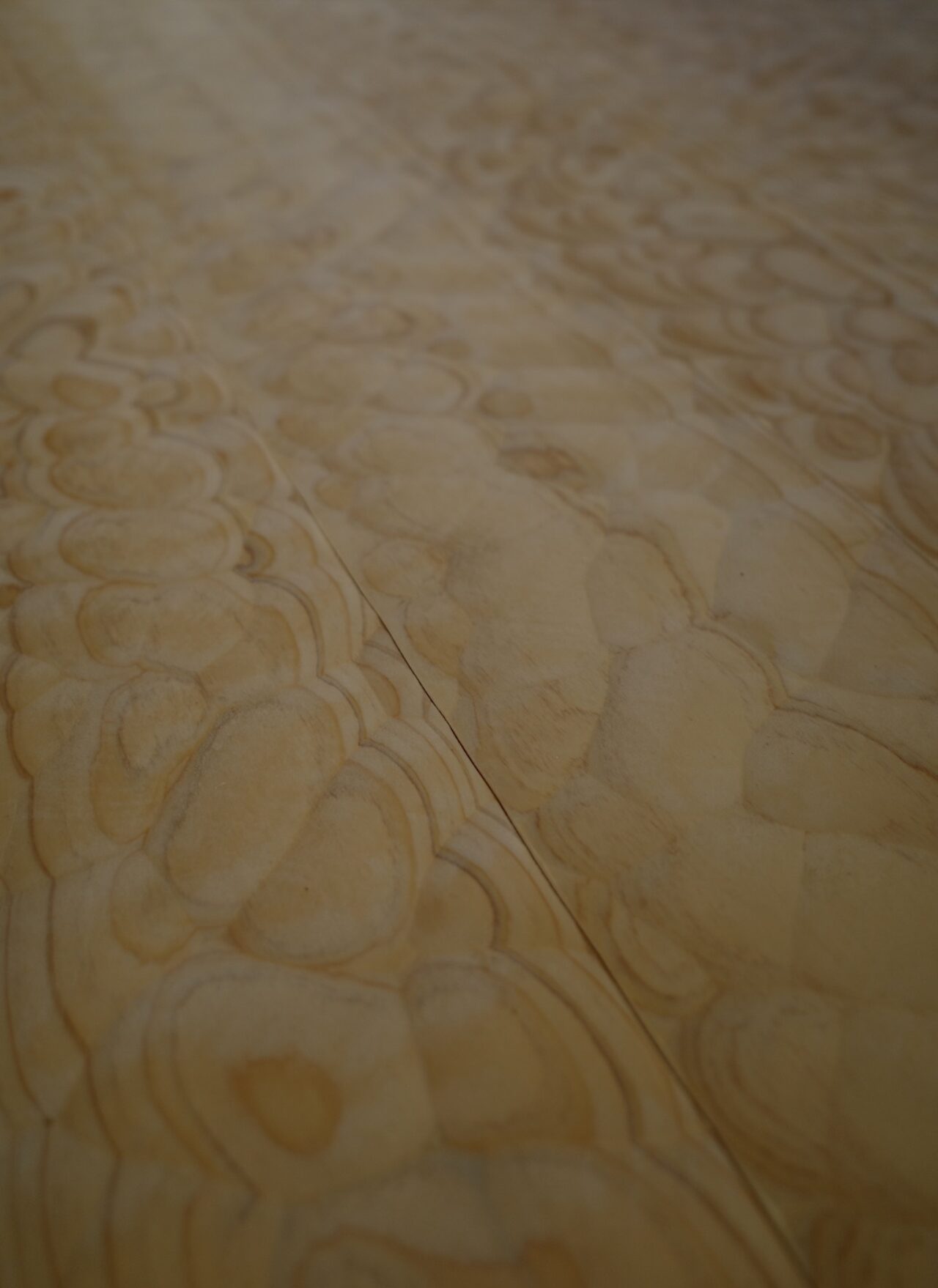
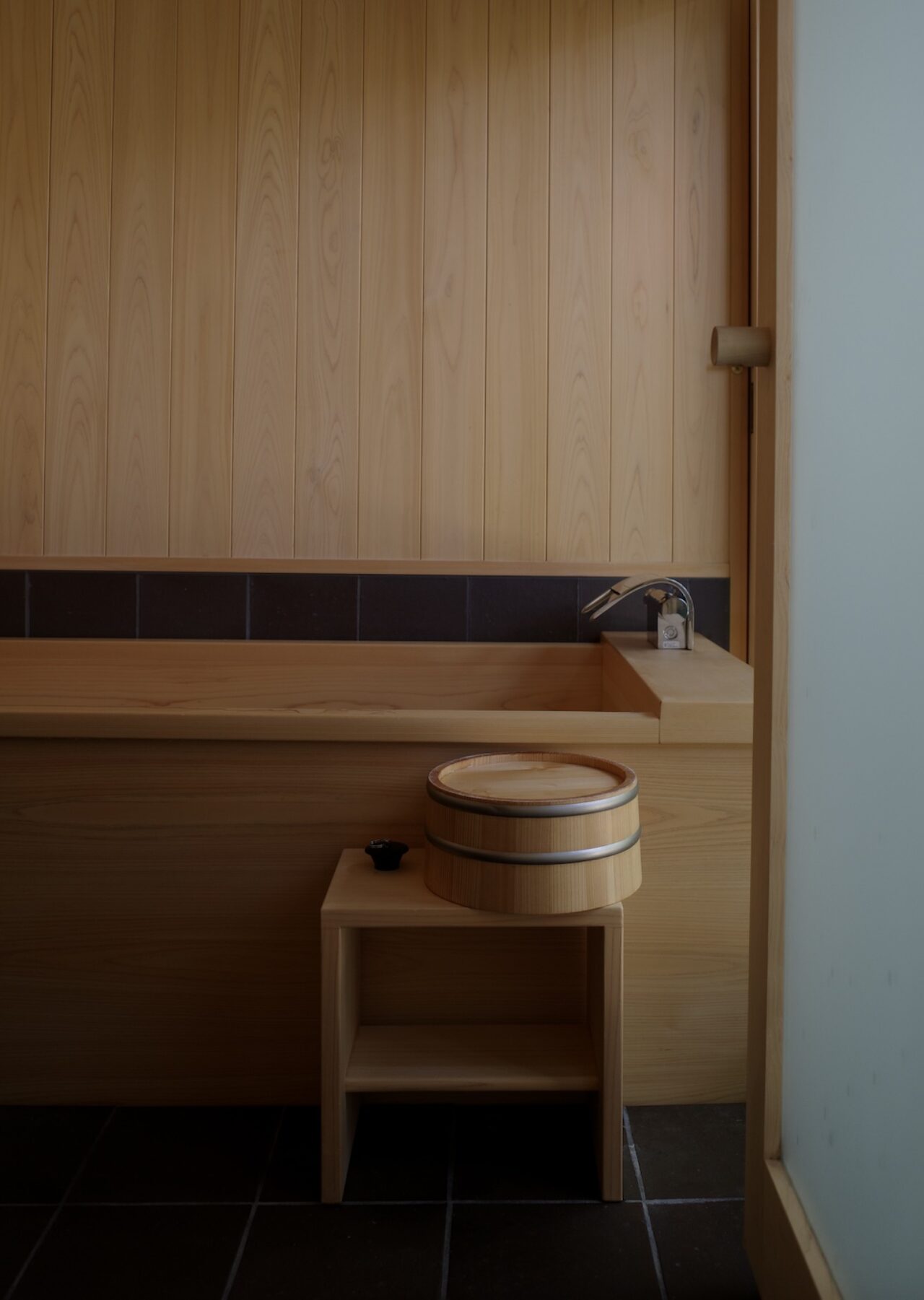
With a tranquil inner courtyard, a hallmark of traditional machiya architecture, a minimalist Japanese garden adorned with carefully chosen flora provides a serene backdrop for moments of reflection and relaxation. This is especially enjoyed from the open-air bathtub next to the garden, enabling a direct view of the peaceful surrounds.
The attention to detail at TANIYA extends beyond aesthetics, seamlessly integrating smart technology and sustainable features, ensuring a seamless and sustainable experience without compromising on comfort or style. Fast wifi and private parking are some of the additions at no extra charge, along with the private access to the Kusakabe Mingeikan through a secret back door.
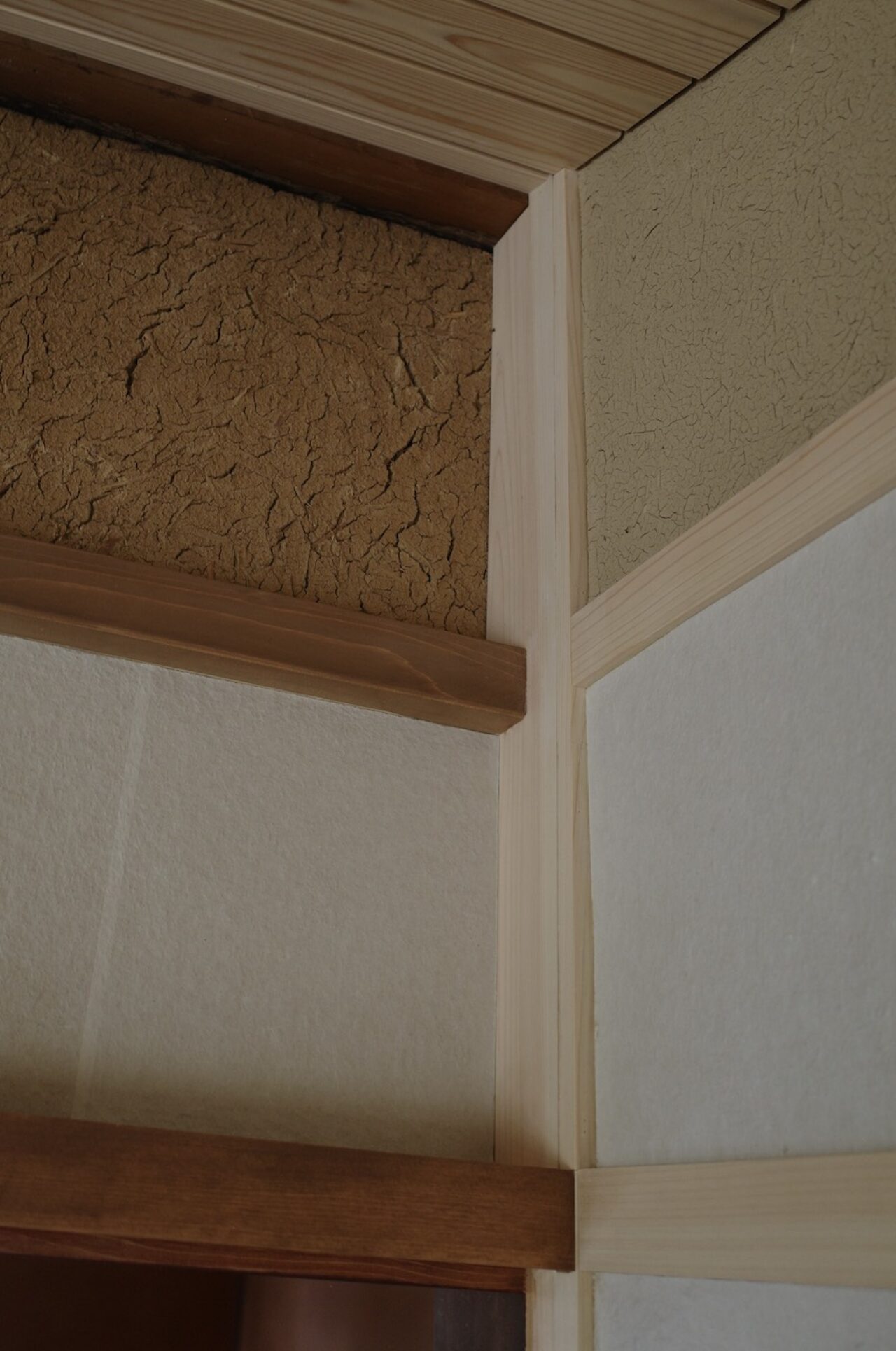
There are multiple custom experiences that concierge Mahiro Ueda can arrange, most only available to TANIYA guests. From a guided visit to the Miyagawa Morning Market (with a 300 years of history), to local Hida no takumi studio visits, the TANIYA team are able to arrange almost any type of experience for guests.
At Champ Magazine, through our interest in organic farming, Mahiro arranged a personal visit to pesticide-free rice farmers SANO, whom are the close collaborators and personal choice of TANIYA’s breakfast chef Kazusa Hisada. He himself also selects pesticide-free produce and ingredients for his carefully constructed traditional Japanese breakfasts.
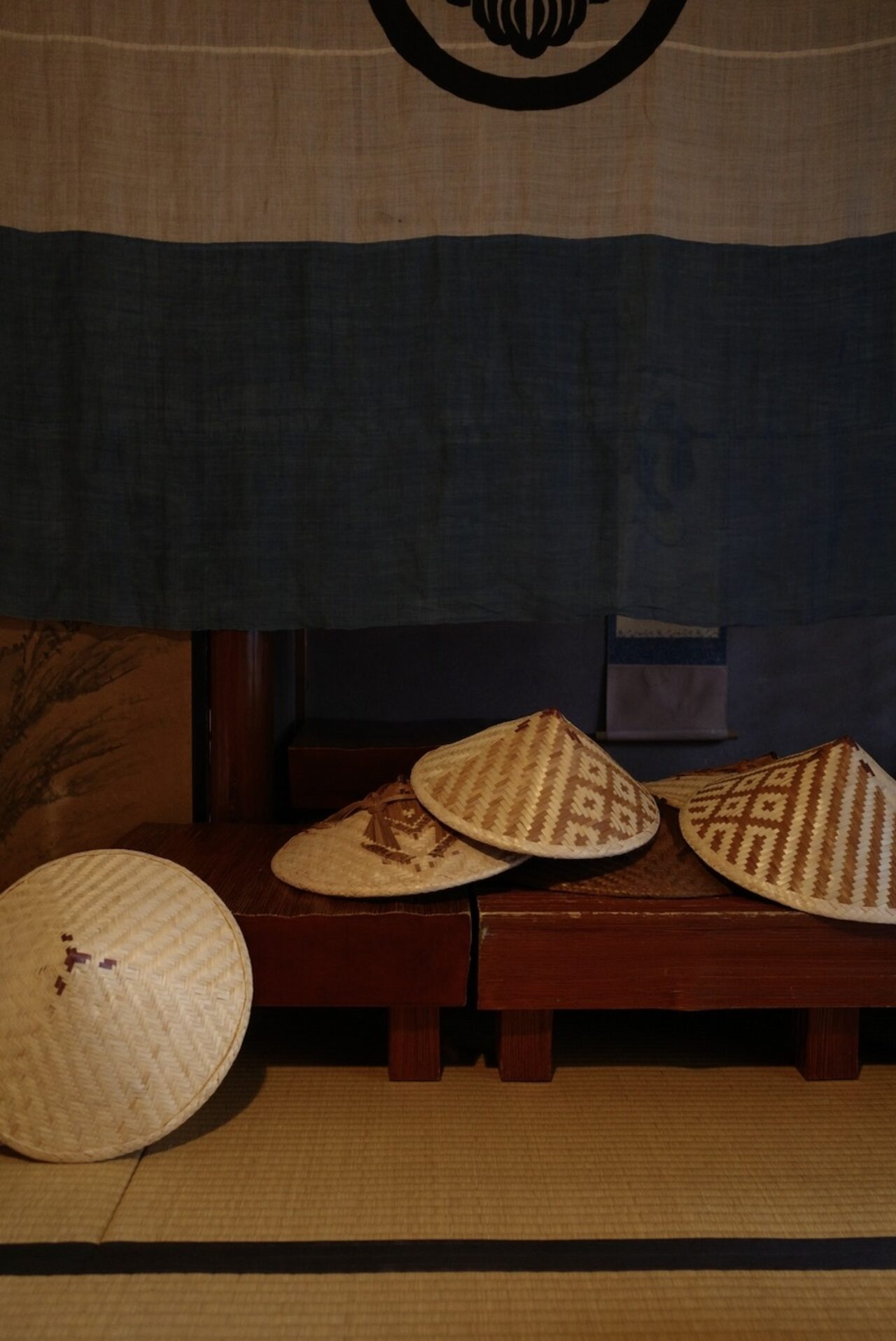
With our thorough interest in design and manufacturing, Mahiro drove us through the region to multiple furniture makers and craftspeople, personally introducing them through their existing relations as they all were selected to share their craft in TANIYA. Young designer-makers were a delight to discover and meet first-hand, such as SUNGTAE and Shinjiro Ito, along with local furniture make KITANI and independent furniture maker Hirokazu Kawakami.
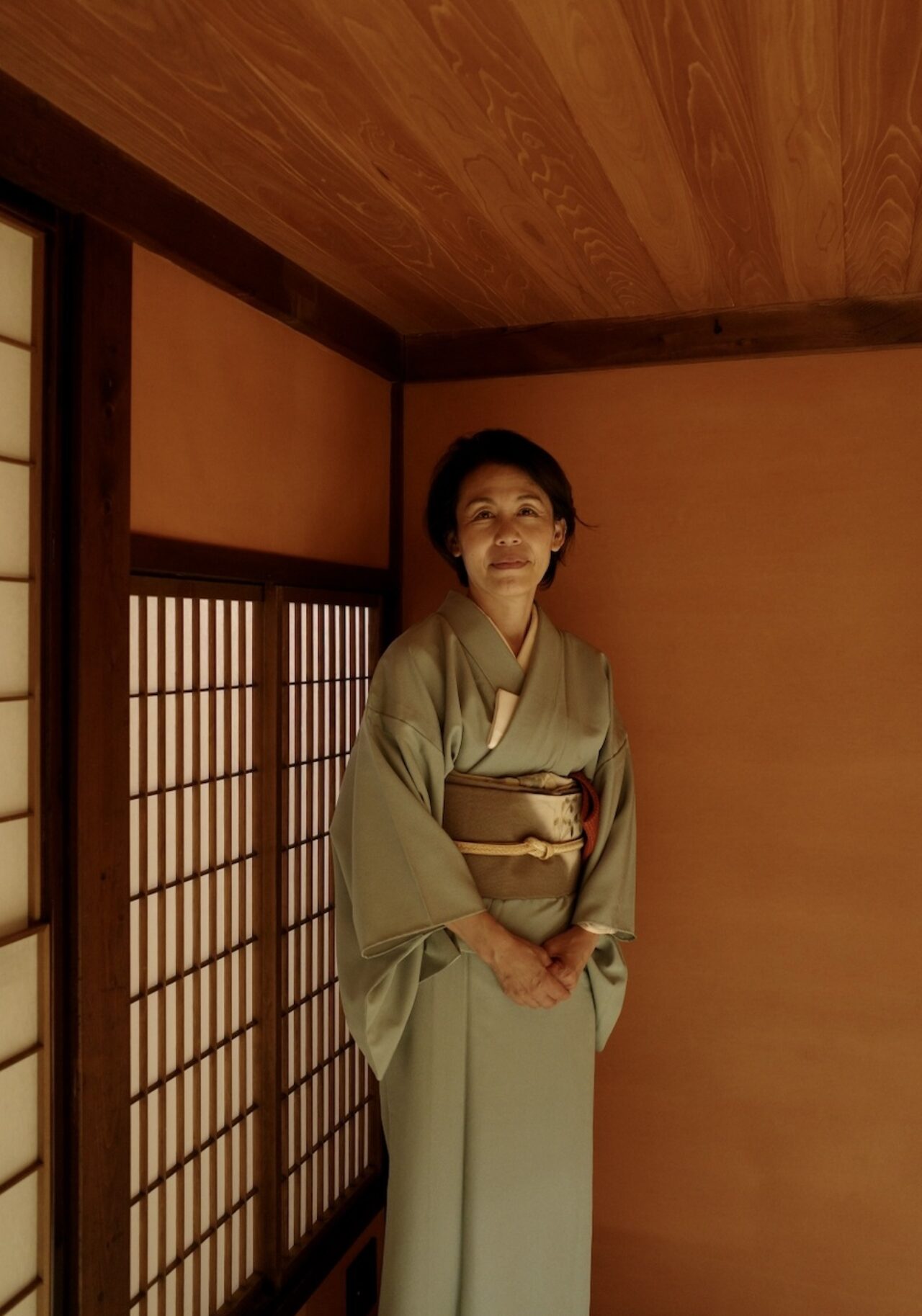
At the beginning of our stay at TANIYA, knowing we are highly interested in craft, the team organised a Kasa Artisan visit to the Kusakaba Minkeikan, introducing Yoshikazu Toisaka, the last craftsperson making Semi-Gasa pattern for Gifu’s traditional Miyagasa woven hat. Toisaka San has been practising and teaching his Miyagasa hat making for more than 60 years, but the Semi-Gasa design is especially difficult to do – the Semi-Gasa weave represents three cicadas through two types of wood – the white part is Hinoki cypress, and the darker tone is Ichi-i yew tree. Ichi-i tree is believed to protect you from thunder and is often planted as sacred sites such as a church or temple. Toisaka San’s has had orders for the Semi-Gasa hat from all different types of people, with many from Ama Divers and Buddhist priests (they wear the full Ichi-i tree design). The Miyagasa hat making in Hida has over 300 years of history, it’s such an incredible design that tells the story of the region through its natural, sustainable design and practicality. Indeed a very special curated experience by TANIYA.
The TANIYA team also arranged a very special dinner booking for us at Kakusho restaurant, a historic restaurant operating for over 200 years, with the 12th generation currently at the helm.
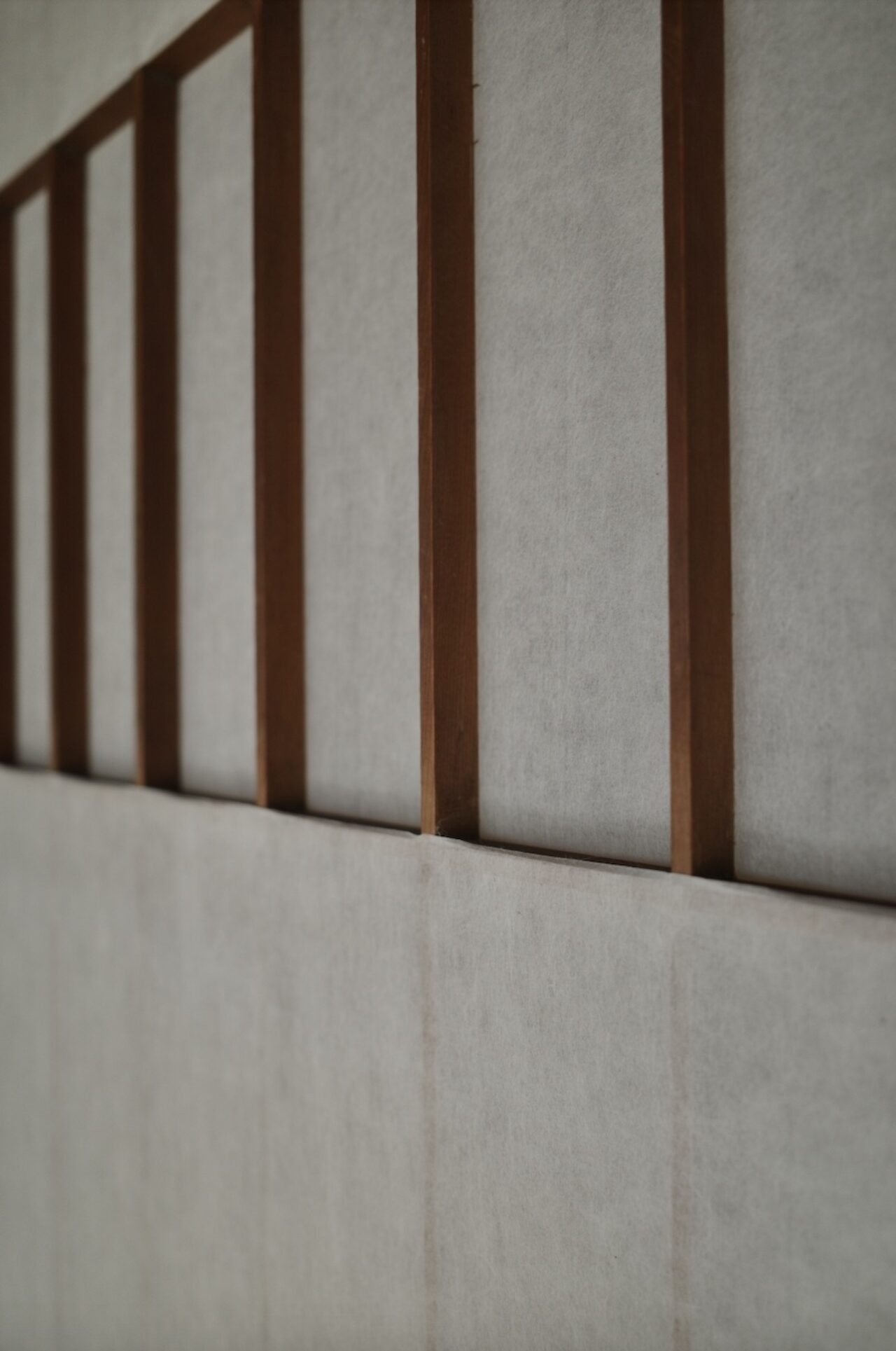
FINAL THOUGHTS
For designers, architects and enthusiasts, this is the place to stay.
Waking amongst this type of architecture found in harmony with well-curated design details is a rare experience in Japan, and very much a privilege.
The history that the TANIYA owners are sharing through their connection to the Mingeikan and their own very high respect for Japanese crafts, brings a completed curated experience to the finest degree. One of the very top luxury stays presenting authentic Japanese craft and culture in the country. We can’t wait to return to TANIYA.
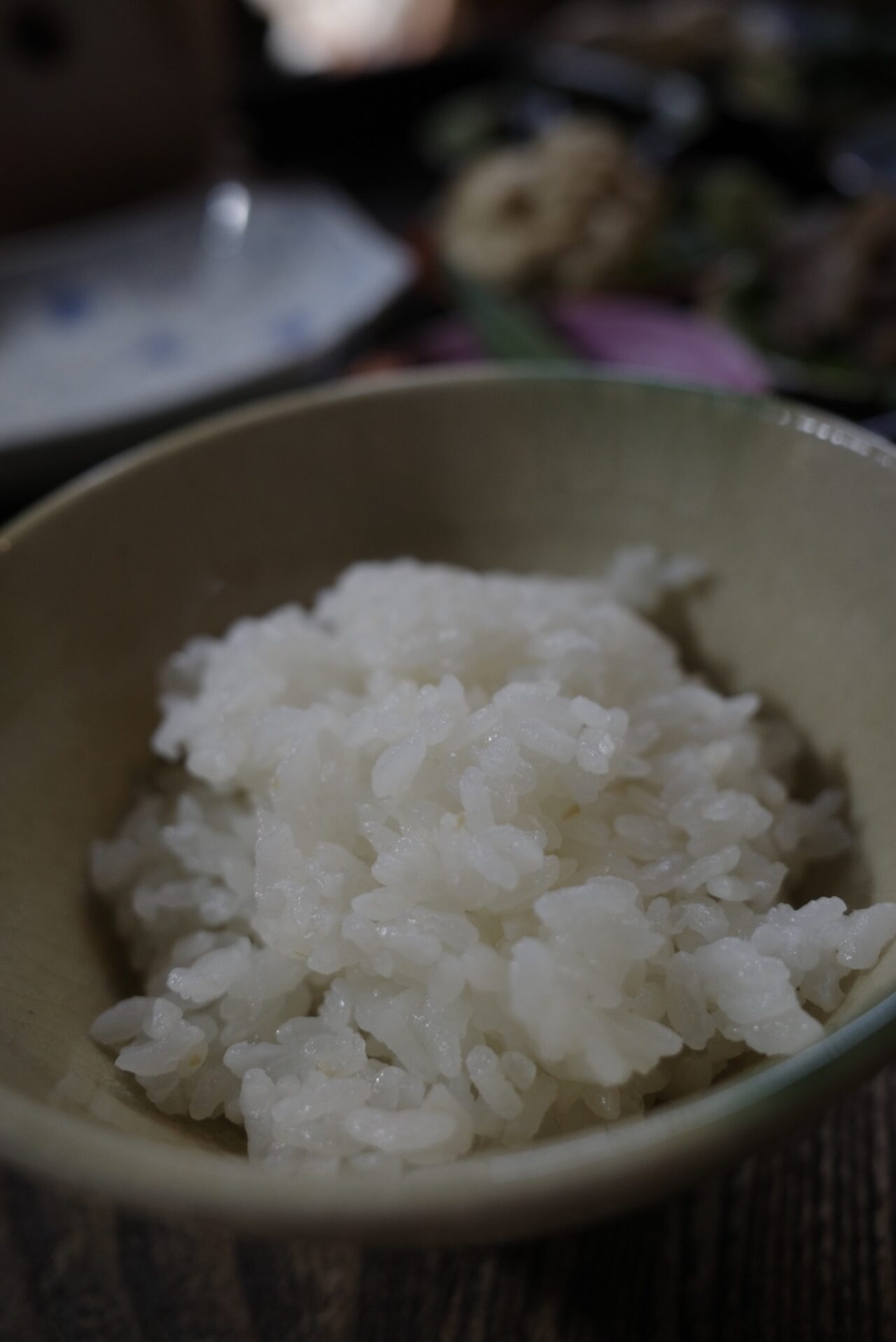
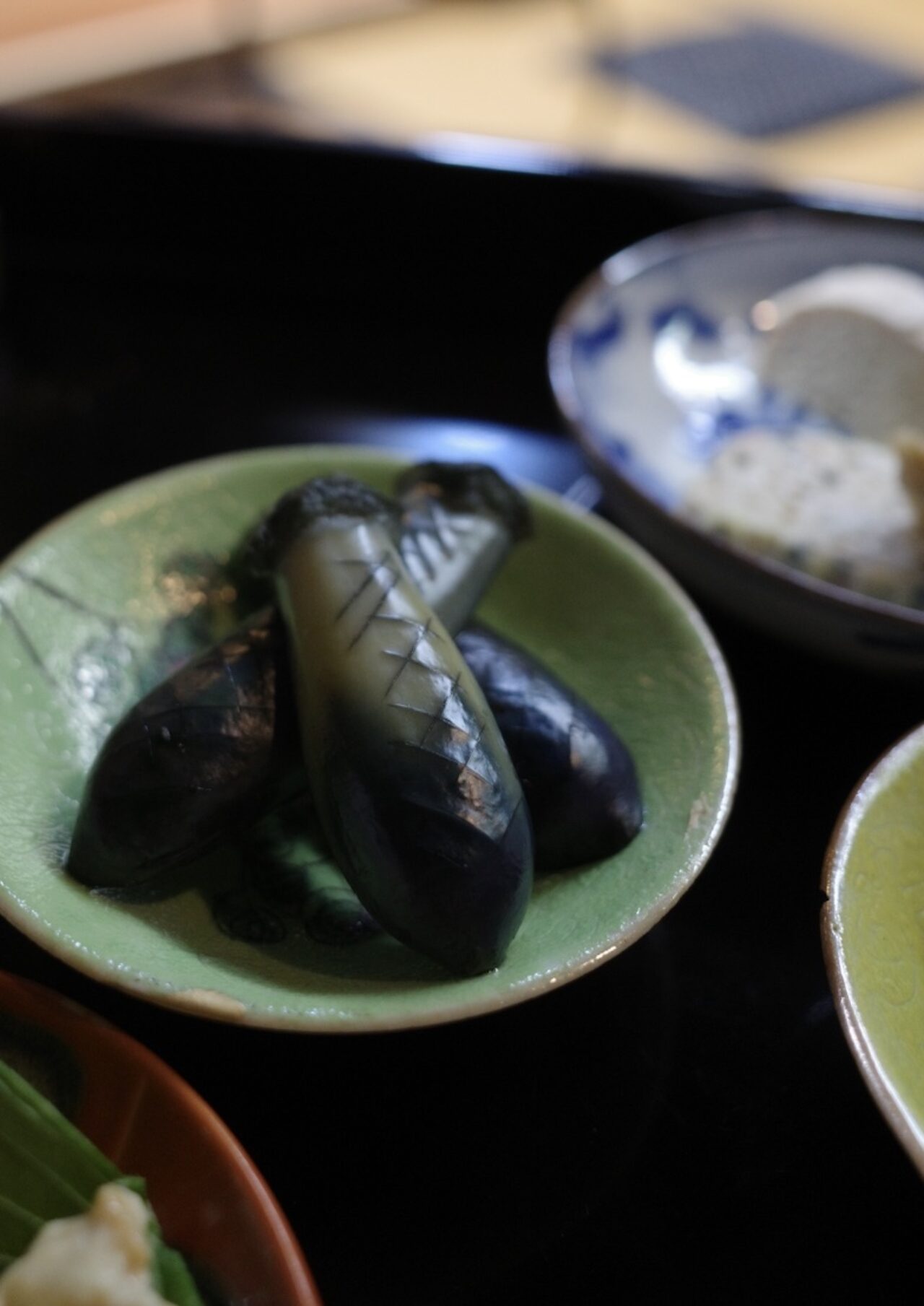
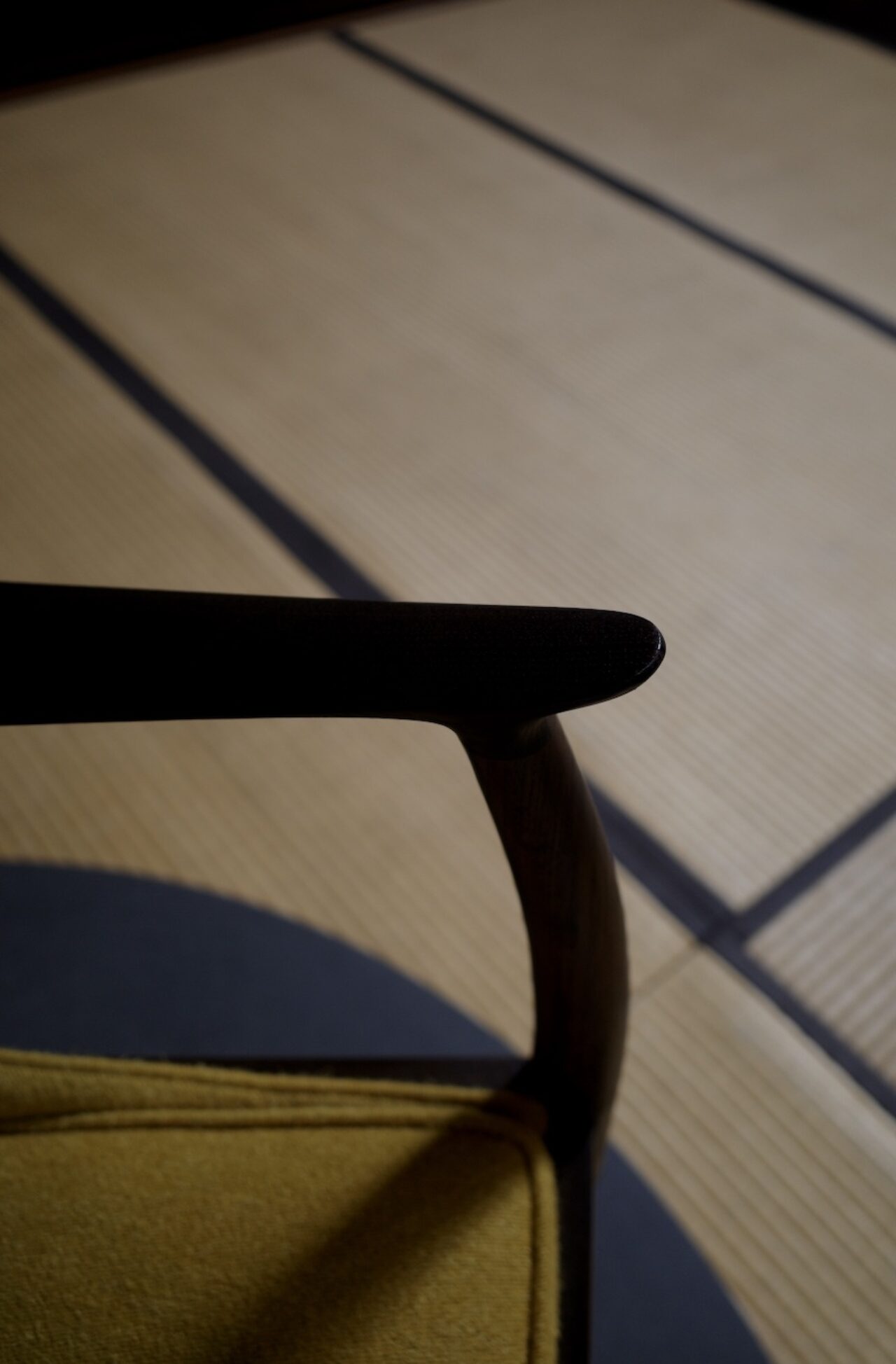
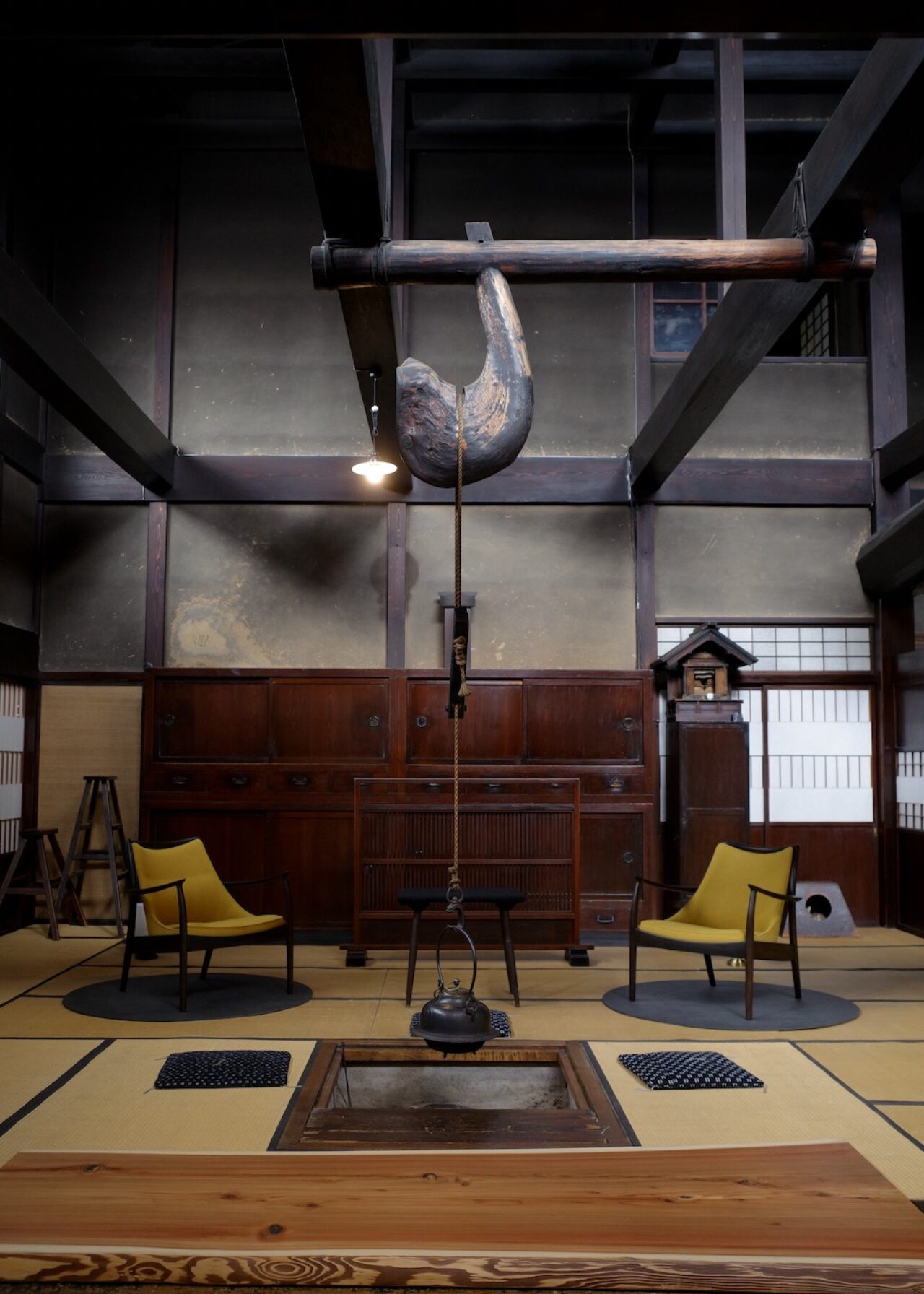
TANIYA
Managed and operated by Kusakabe Folk Crafts Museum
1-55 Oshin-machi, Takayama, Gifu 506-0851, Japan
For more design and travel destinations in Japan, click here.
Text: Editor-in-Chief Monique Kawecki
Images: all Champ Magazine© Thank you: Masayo Hattan for co-ordination of our visit

















